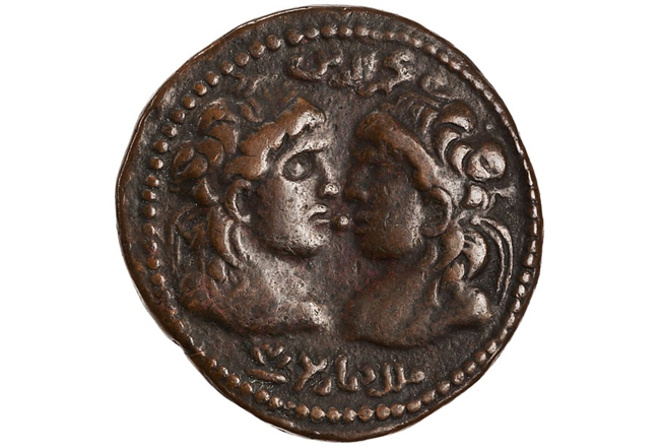
“Antiquarianism” is the term of art used to describe the investigation of the European past through its material remains before art history and archaeology emerged in the nineteenth century as the disciplines devoted to its study. In the period between 1300 and 1800 the encounter with ruins
in Northern Europe, North
Africa, Greece, and the Levant led to the development of new notions of
evidence, new technologies of historical argumentation, new forms of literary
exposition, and new standards of proof. While history from texts remained
powerful, for a few centuries its hegemony was challenged.
The history of antiquarianism in Europe has been the subject of a burst of new work in the past decades. This coincides with the importance attached more generally to “materiality” and the study of material culture. But there has also been a completely new effort to explore this phenomenon, in its own terms, in other cultures. Comparative projects were the focus of conferences at Bard Graduate Center in 2004, the Getty Research Institute in 2010, and the Joukowsky Institute at Brown in 2015, and each of these has resulted in a book of essays: Antiquarianism and Intellectual Life in Europe and China 1500-1800 (2012), World Antiquarianism (2013), and Antiquarianisms: Contact, Conflict, Comparison (2017).
The time has come to examine the Islamic world in these same terms and with this same care. That is the goal of this conference.
May 9
Peter N. Miller
Bard Graduate Center
Abigail Krasner Balbale
New York University
Welcome and Introduction
Session I
Stephennie Mulder
The University of Texas at Austin
The Wisdom in Ruins: Veneration of the Material Past in the
Medieval Islamic World
Alain Schnapp
University of Paris, Pantheon-Sorbonne
The Notion of Ruins in the Medieval Islamic World
Questions & Discussion
Session II
Sarah Bowen Savant
Aga Khan University, London
Can Antiquarianism as a Concept Help Historians to Understand Better the Collecting Habits that Built the Arabic Tradition (ca. 700–1500)?
Stefan Heidemann
Hamburg University
Appreciating, Collecting, and the Meaning of Ancient Objects in
the Early and Middle Islamic Period
Session III
Antoine Borrut
University of Maryland, College Park
Negotiating Cultural Continuity in Early Islam: The Future of
Ancient Knowledge
Daniel Mahoney
Austrian Academy of Sciences, Vienna
Medieval Antiquarian Writing about Ancient South Arabia
Session IV
Konrad Hirschler
Free University of Berlin
Antiquarianism and Manuscripts: Spoliation in Arabic Medieval
Books
Marina Rustow
Princeton University
The Near Past, the Distant Past, and the Political Legitimacy of
the Fatimids and Buyids
May 10
Peter N. Miller
Bard Graduate Center
Abigail Krasner Balbale
New York University
Greeting and Summary
Session V
Frédéric Bauden
University of Liège
Can al-Maqrīzī be Considered an Antiquarian?
Elias Muhanna
Brown University
Antiquarianism and Encyclopedism in the Fourteenth Century
Islam Dayeh
Free University of Berlin
Artefacts as Evidence in Muslim Historical-Legal Scholarship
Questions & Discussion
Session VI
Edhem Eldem
Boğaziçi University, Istanbul; Collège de
France, Paris
Contextualizing Art and Artifacts in Istanbul in the Nineteenth Century
Ahmed El Shamsy
The University of Chicago
Philology, Forgery, and Superstition: The Fierce Debate over the Shrine
of Sayyida Zaynab in Early Twentieth-Century Egypt
Questions & Discussion
